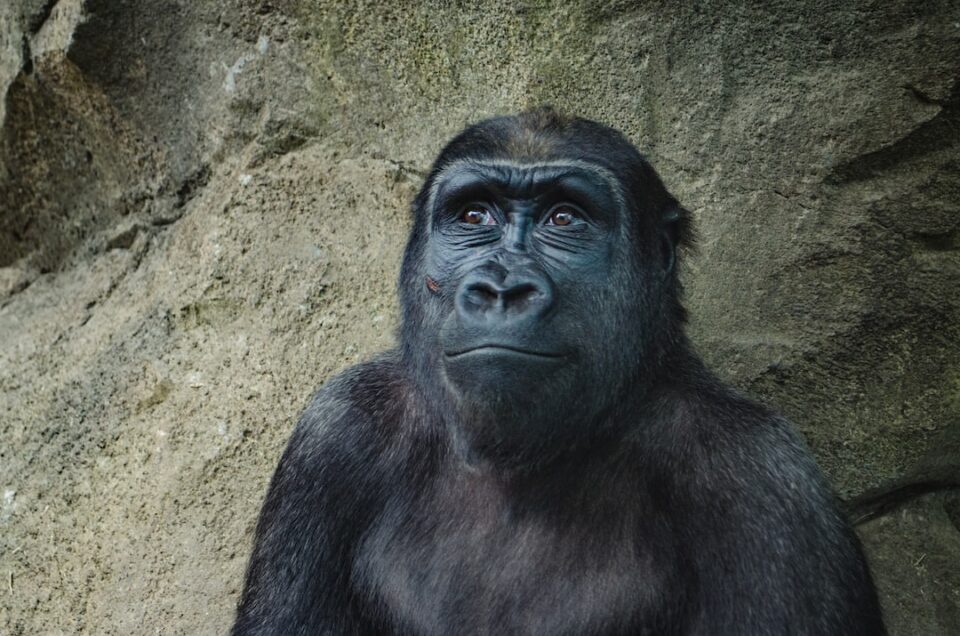The animal kingdom is filled with fascinating creatures that have developed remarkable mimicry skills to survive in their diverse environments. Through their ability to deceive predators and prey, these animals have gained an advantage in their quest for survival.
One of the most well-known examples of animal mimicry is seen in the harmless milk snake. With its distinctive red, black, and yellow bands, this snake often gets mistaken for the venomous coral snake. By mimicking the warning coloration of its venomous counterpart, the milk snake is able to deter potential predators who are afraid of getting bitten. This display of mimicry gives the milk snake a better chance of avoiding predation and allows it to thrive in its habitat.
Another animal with noteworthy mimicry skills is the infamous mimic octopus. This intelligent creature is capable of imitating various marine species to either avoid predators or capture prey. It can change the color and pattern of its skin to resemble toxic flatfish, venomous sea snakes, and even lionfish. By impersonating these dangerous creatures, the mimic octopus can deter predators that would otherwise prey on it. Similarly, it can mimic prey species to lure unsuspecting victims within striking range. This adaptability in mimicry gives the mimic octopus a unique advantage in the underwater realm.
Insects also possess remarkable mimicry skills. The walking stick insect is a master of camouflage, taking on the appearance of a twig or branch to blend into its surroundings. With its slender body and leaf-like limbs, this insect can evade detection from both predators and prey. By imitating an inanimate object, the walking stick insect is able to deceive predators into thinking that it is not a potential meal. This ability allows it to successfully avoid predation and ensure its survival.
Another insect that excels in mimicry is the butterfly, specifically the Viceroy butterfly. This species has evolved to resemble the toxic monarch butterfly. By imitating the warning colors of the monarch, the Viceroy is able to deter predators that have learned to avoid consuming toxic prey. This remarkable mimicry protects the Viceroy from predation and allows it to thrive alongside its toxic counterpart.
In addition to predator deception, some animals utilize their mimicry skills to trick unsuspecting prey. The anglerfish is a prime example of how an animal can deceive its prey. The anglerfish has a fleshy appendage on its head that resembles a bioluminescent bait. By dangling this appendage in front of its mouth, the anglerfish attracts smaller fish that mistake it for a potential meal. Once the prey gets close enough, the anglerfish swiftly captures it with its enormous mouth. This ability to mimic prey allows the anglerfish to successfully deceive and capture its food.
The remarkable mimicry skills displayed by various animals highlight their incredible adaptability and survival strategies. Whether through imitating venomous species, blending into their surroundings, or luring unsuspecting prey, these animals demonstrate the complexity and diversity of nature. As we continue to explore the animal kingdom, we are left in awe of the incredible ways in which these creatures have evolved to deceive predators and prey, ensuring their continued existence in their respective ecosystems.

